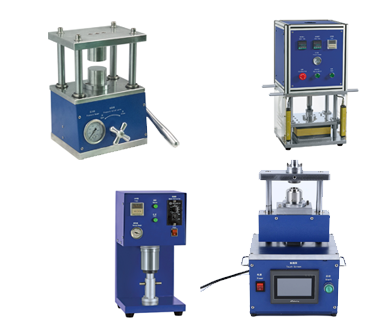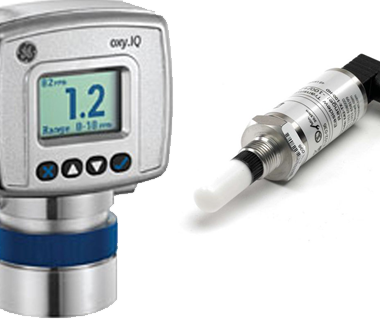No products in the cart.
Chemical Fume Hoods
Work Practices and Procedures
- Before using a fume hood, make sure your work area is clean and uncluttered.
- Never use the fume hood to store chemicals and equipment between procedures.
- Verify the date on the inspection sticker on the fume hood. The fume hood should be
inspected annually. Contact Environmental Health and Safety for inspection. - The fume hood average face velocity should be between 80-150 feet per minute.
- If the hood is not equipped with an air measuring device, verify adequate inward airflow
by using smoke tubes or tissue paper. - Do not use the fume hood if it is not working properly. Contact Building Manager /
Lab Director / Physical Plant at (631) 632-6400 or (631) 444-2400 if the fume hood
is not working. Contact Environmental Health and Safety to verify that it is working
properly. - Inspect the bypass area, airfoil, sash and access opening to verify that no air passages
are blocked. - Never put your head inside a fume hood.
- Electrical extension cords are not safe to use in a fume hood due to the danger of
an explosion or fire. - Large equipment must be elevated on solid blocks to maintain an airflow space of 1-2
inches above the work surface. - Make sure equipment does not block the baffles at the rear of the hood.
- Keep all apparatus at least 6 inches inside the fume hood. The best way to maintain
this distance is to mark a safety line with tape. - Avoid opening and closing the sash rapidly, and avoid swift arm and body movements
in front of or inside the hood. These actions may increase turbulence and reduce the
effectiveness of the fume hood. - Position the sash so that it acts as a shield.
Keep the sash as low as possible. The inspection sticker will indicate the maximum height. Always look through the
sash, not under it. - If you observe defective or overheating equipment, shut off the equipment, disconnect
it, close the sash, and report the problem to your supervisor. - Keep chemical containers closed at all times. Use condensers, traps, or scrubbers
to contain and collect waste solvents, vapors or dusts. - Clean all spills immediately. Do not allow spilled liquid chemicals to evaporate.
- If a fire occurs inside the fume hood, immediately close the sash and activate the
fire alarm, exit the room, close the door and from a safe area, contact University
Police to report a chemical fire. - Keep fume hood exhaust on at all times.
- Keep the sash closed completely when the fume hood is not in use.
Fume Hood Work Practices Handout





